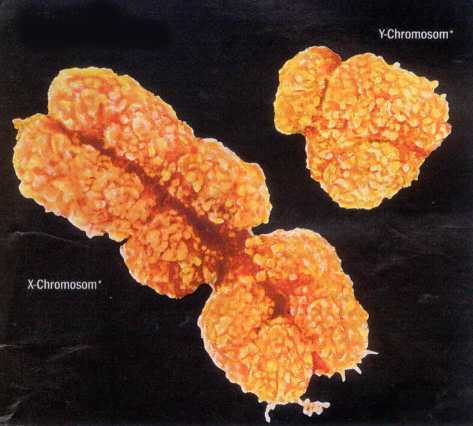Guiding Question: Approximately how much time do cells spend in each phase of the cell cycle?
Cells spend approximately 56% of their time in interphase, about 28% of their time in prophase, 8% of their time in metaphase, 5% in anaphase, and 3% of their time in telophase. We figured this out by analyzing how many out of 36 cells were going through which phases of mitosis. 20/36 were going through interphase, 10/36 through prophase, 3/36 through metaphase, 2/36 through anaphase, and 1/36 through telophase. We then turned those fractions into percents.
Procedure:
Perform the onion root tip simulation and tabulate the number of cells in each phase. Construct an appropriate graph using your data to present the relative time a cell spends in each phase of the cell cycle.
Table:
This graph shows the number of cells going through each phase of mitosis, and the approximate percentage of the time they spend going through them.
Graphs:
These graphs are analyses of our tables. They both show how much time a cell spends on each phase of mitosis. The pie chart shows this in contrast to the whole time spent going through mitosis, whereas the bar graphs shows this in comparison to each phase.
Conclusion:
In conclusion, we can tell that the interphase part of mitosis is the longest part of the process that a cell devotes its time to. Second comes prophase, then metophase, and after that anaphase and telophase. Notice that as the mitosis process progresses, each phase takes a shorter and shorter period of time. This, however, may not be completely reliable, since the onion-root biology website may not be correct. With this in mind, I looked up the stages of mitosis over the internet, and the data we received from the onion website appear to be correct.






